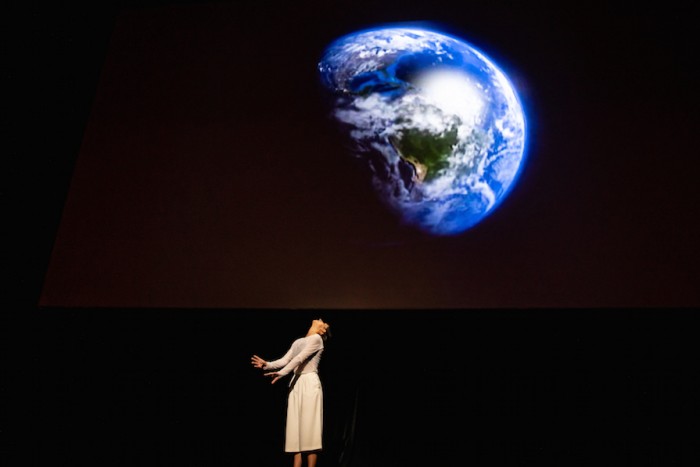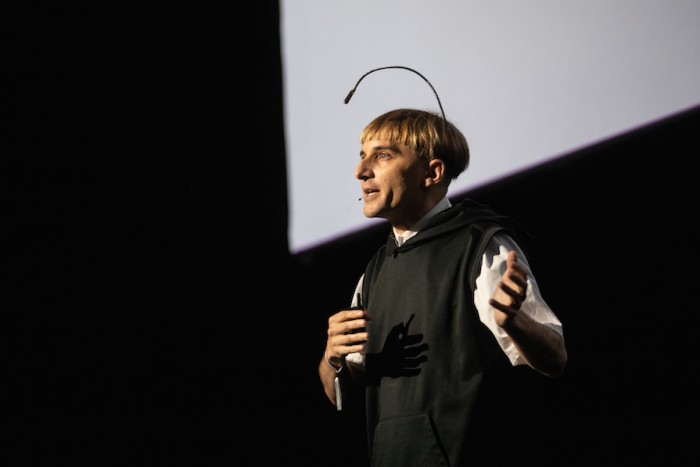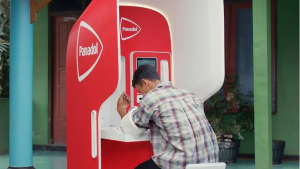For a very long time Neil Harbisson, a cyborg artist, lived a colourless life having been born colour-blind. Now the designer has an antenna implanted into his skull which allows him to sense colour through audio vibrations.
His partner Moon Ribas has a seismic sensor implanted in her feet that allows her to feel tectonic plates shifting when there is an earthquake.
Together they are known as cyborgs, a new trans-species that represent a deeper connection between humans and technology. During their 2019 Design Indaba talk, Harbisson took the audience through his cyborg journey with a humorous take on the subject.
“It's impossible to ignore the existence of colour especially even when you can’t see it. The reason why I wanted to sense colour is that it's a social element. I didn't want to change my black and white perception of life,” says Harbisson.
Adding: “I think seeing in grayscale has many advantages like better night vision, seeing longer distances as the colour does not interfere, and also photocopies are cheaper in black and white,” says Harbisson jokingly.
He revealed that he first created a camera prototype that he based off of Sir Isaac Newton’s theory about colour and sound both being frequencies. In this, he made a system that can detect colour frequency, which allowed him to memorise all the colours on the spectrum, including infrared.
After this attempt, he created the antenna, which was surgically inserted into his skull.
“My aim was to create an antenna that would be implanted in my head and it would detect a dominant colour in front of me. It would send the vibrations of colour inside my head and the chip inside would vibrate, allowing me to hear the sound of colour,” he explains.
Ribas on the other hand didn't do much talking as she brought a performance aspect to the stage. The artist gave a delicate performance which showcased how exactly her seismic sensor implants allow her to feel tectonic plates shifting when there is an earthquake.
Her movement in her performance coincided with each shift felt. In an interview with Ribas, she revealed that the next step is to perform with a live data feed from the moon instead of pre-recorded data sets.
Watch the full talk here.
Watch more talks from Design Indaba 2019:
What is the data behind #MeToo really telling us?
Yuri Suzuki on combining his passion for music and design
Tin&Ed on work that fosters togetherness and celebrating the unknown







